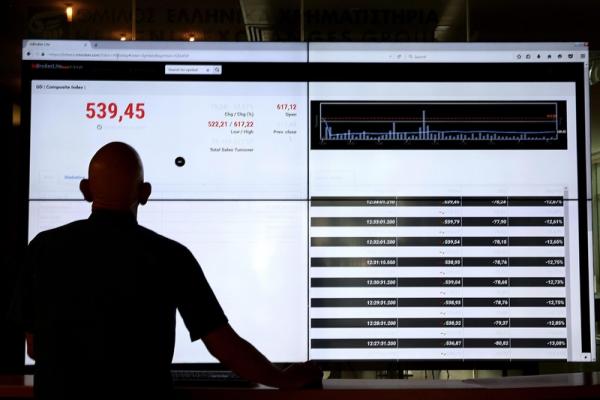Quiver Quantitative – February’s US core inflation data, rising more than expected, signals a persistent inflationary trend, reinforcing the Federal Reserve’s cautious stance on rate cuts. Excluding food and energy, the core consumer price index (CPI) climbed 0.4% from January and 3.8% year-over-year. This data comes amid heightened scrutiny over inflation dynamics, with core CPI viewed as a more reliable indicator of underlying inflation than the overall CPI. The overall CPI, boosted by rising gasoline prices, also saw a 0.4% monthly increase and a 3.2% annual rise. These figures contribute to the narrative that inflation remains a stubborn challenge, complicating the Federal Reserve’s policy path.
The report adds another layer to the ongoing inflation debate, especially in the wake of Federal Reserve Chair Jerome Powell’s recent comments. Powell indicated the central bank is nearing the confidence level needed to start lowering rates, but many officials seek a more comprehensive price pullback before easing. The core CPI’s annualized rise of 4.2% over the past three months is the highest since June, suggesting that inflation is not easing as quickly as hoped. Kathy Jones, Chief Fixed-Income Strategist at Charles Schwab (NYSE:), suggests this could prompt the Fed to maintain its current policy stance longer, waiting for a clearer downtrend in inflation.
Market Overview:
-The U.S. economy faces a dilemma. Underlying inflation, as measured by the core Consumer Price Index (CPI), remains stubbornly high despite earlier signs of moderation.
Key Points:
-Core CPI Surprises: The core CPI rose 0.4% in February compared to January, exceeding economist expectations for a second month.
-Fed Rate Cuts on Hold: This data strengthens the case for the Federal Reserve to maintain interest rates at their current level during their upcoming meeting.
-Mixed Market Reaction: Initial optimism in the market over potential inflation relief gave way to concerns prompted by the overall robust figures.
-Shelter and Goods Inflation: Prices for used cars, apparel, and airfare all saw increases, while shelter costs contributed significantly to the overall inflation picture.
-Labor Market Strength: Rising real wages, despite some moderation in service price increases, further complicate the Fed’s policy decisions.
Looking Ahead:
-The Fed will likely hold rates steady at their next meeting, with economists revising their predictions for potential rate cuts.
-Continued disinflationary trends are a key priority for the Fed before considering easing monetary policy.
-The strength of the labor market adds another layer of complexity to the Fed’s decision-making process.
Market reactions to the CPI data were mixed, initially focusing on aspects suggesting some inflation relief before pivoting to the robust headline figures. This led to a rise in Treasury yields, with the S&P 500 opening slightly higher. The upcoming release of the producer price index and the Federal Reserve’s next meeting, where rates are expected to be held steady, are now in sharp focus. Traders, who had anticipated a June rate cut, are reassessing their expectations in light of the latest inflation data. The report indicates that shelter and gasoline prices contributed significantly to the monthly CPI advance, with notable increases also in used cars, apparel, and airfare prices.
While shelter prices have shown a slight slowdown compared to January’s surge, other areas like goods prices have seen a reversal from their declining trend. Policymakers’ reluctance to cut interest rates also stems from the strong labor market, with recent data showing continued real earnings growth. As the Fed weighs these factors, the central question remains how soon and under what conditions it might shift its monetary policy. This balancing act between controlling inflation and supporting economic growth continues to be a delicate challenge for the Federal Reserve.
This article was originally published on Quiver Quantitative
Read the full article here




